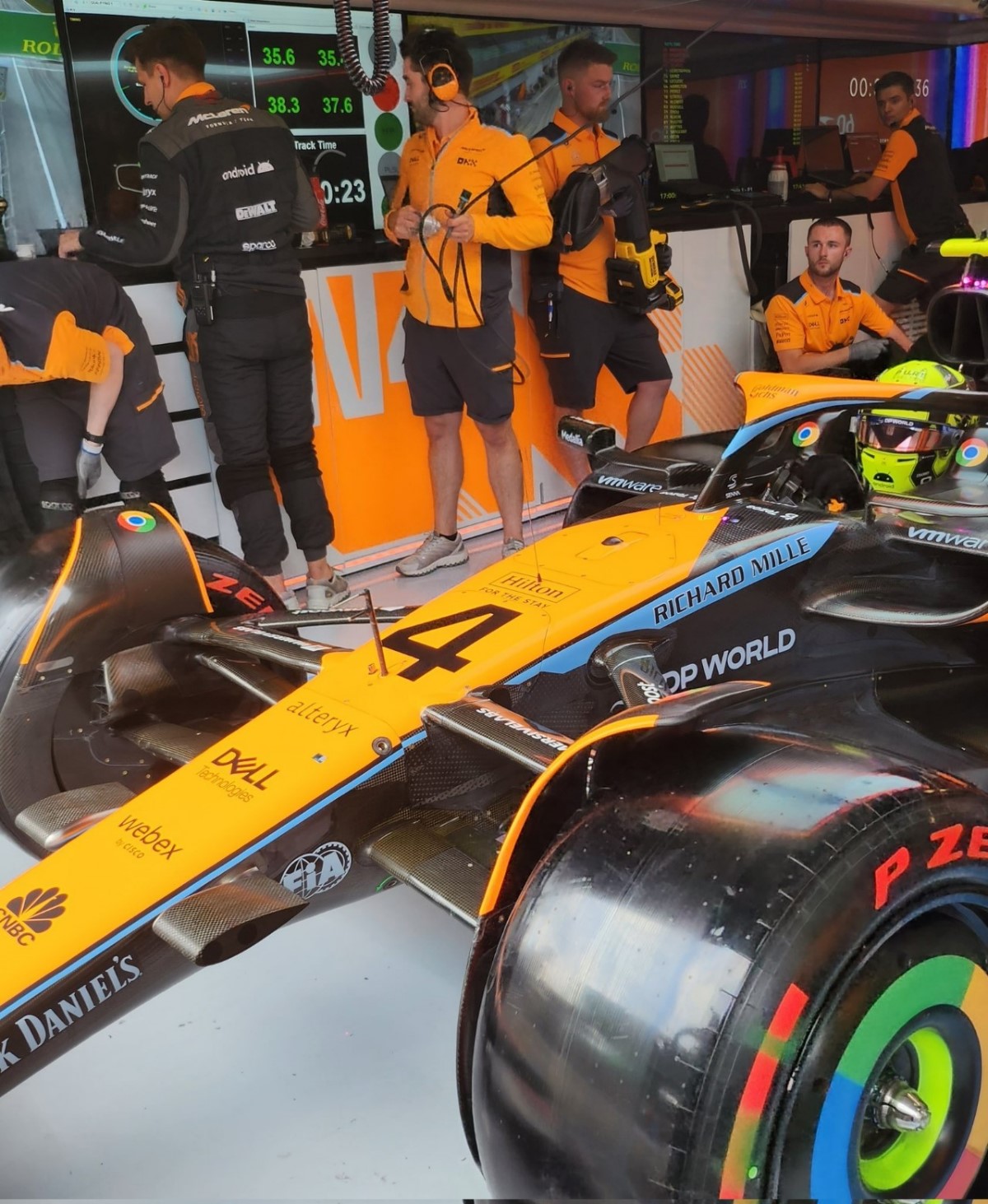F1: Tech updates at the Austrian GP
At each Grand Prix, teams submit to the FIA a list of all major aerodynamic and bodywork components and assemblies that have not been run at a previous event. This car presentation provides a unique insight into the different development paths being taken over the course of the season.
ORACLE RED BULL RACING
|
Updated component |
Primary reason for update |
Geometric differences compared to previous version |
Brief description on how the update works |
|
|
1 |
Rear Suspension |
Performance – Local Load |
Surfaces revised on the rear lower wishbone fairings have been subtly changed. |
To improve local flow stability, the rear lower wishbone fairings have been subtly revised to maintain attached flow in all conditions. The regulatory requirements for such fairings are quite tight and deny elaborate designs, hence changes are minimal. |
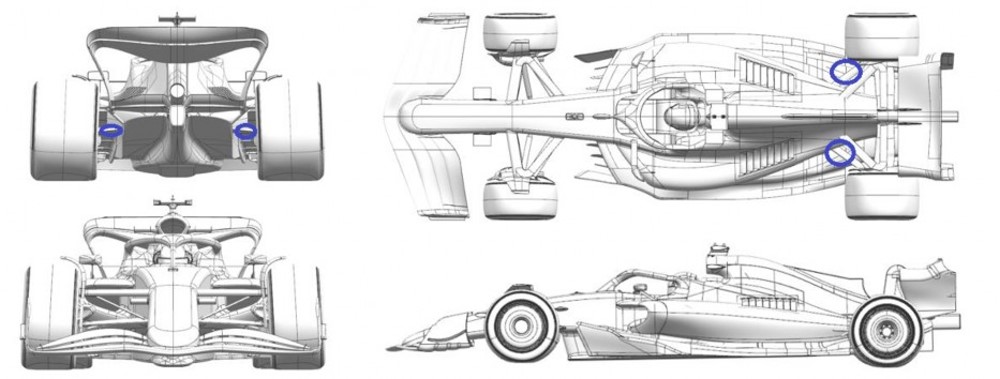
Scuderia Ferrari
|
Updated component |
Primary reason for update |
Geometric differences compared to previous version |
Brief description on how the update works |
|
|
1 |
Front Wing |
Performance – Flow Conditioning |
Redesign of all Front Wing elements: mainplane, flap and endplate. |
Part of the standard development cycle, the aim of this front wing update is to reduce further aero structure losses and their impact downstream, together with more flexibility on aero balance adjustment. |
|
2 |
Floor Body |
Performance – Flow Conditioning |
Revision of front floor fences, floor edge, mid floor and diffuser sidewall. Sidepod undercut re-designed to suit. |
Coming together with the front wing upgrade, the floor topology has been revised focusing on mainly losses management and load distribution, which translates into a car efficiency increase. |

Mercedes-AMG Petronas F1 Team
No updates submitted for this event.
BWT Alpine F1 Team
No updates submitted for this event.
McLaren F1 Team
|
Updated component |
Primary reason for update |
Geometric differences compared to previous version |
Brief description on how the update works |
|
|
1 |
Sidepod Inlet |
Performance – Flow Conditioning |
New Sidepod Inlet Shape |
In conjunction with the new Bodywork Shape, the Sidepod Inlet and Mirror Geometry has been heavily revised, to aid flow conditioning on Bodywork and Floor. |
|
2 |
Halo |
Performance – Flow Conditioning |
New Halo Fairing and Furniture |
In conjunction with the new Bodywork Shape, both Halo Fairing and Furniture have been updated to aid flow conditioning over the top of the Bodywork. |
|
3 |
Floor Body |
Performance – Local Load |
Fully revised Floor |
The new floor features updated Fences, Floor Edge as well as Diffuser shape, which in conjunction with the revised Bodywork Shape results in an increase in aerodynamic load. |
|
4 |
Coke/Engine Cover |
Performance – Flow Conditioning |
Reshaped Sidepod and Engine Cover |
The Engine Cover and Sidepod/Coke has been reshaped to improve flow conditioning to the floor, resulting in the aforementioned increase in load. |
|
5 |
Cooling Louvres |
Performance – Flow Conditioning |
Updated Louvre Geometry |
The new Bodywork shape requires a revised Shoulder Louvre Geometry featuring various steps, to enable adequate cooling for various ambient conditions. |
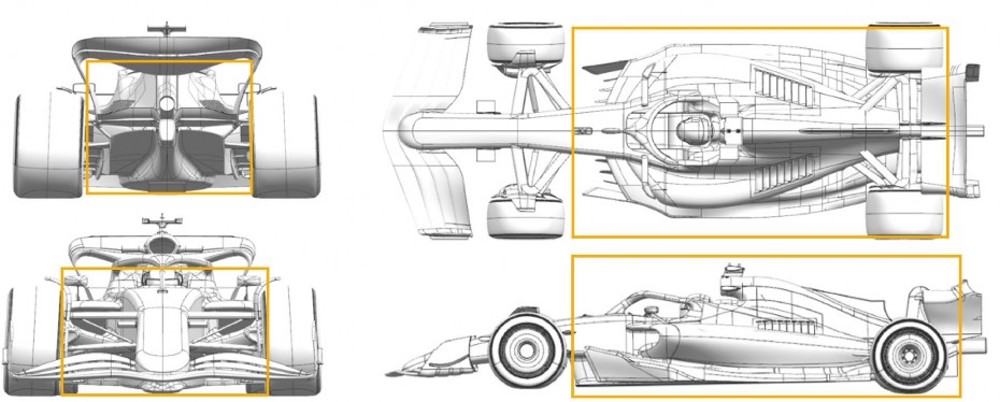
Alfa Romeo
No updates submitted for this event.
Aston Martin Aramco Cognizant Formula One Team
No updates submitted for this event.
MoneyGram Haas F1 Team
|
Updated component |
Primary reason for update |
Geometric differences compared to previous version |
Brief description on how the update works |
|
|
1 |
Nose |
Reliability |
New chassis Pitot installation that combines a lower aerodynamic disturbance and an improved functionality in the operations and data analysis. |
The Pitot Static sensor is a fundamental instrument for the work in wind tunnel and to accrue aerodynamic parameter on a land vehicle. On a race car, and in particular for a F1 model, that require accuracy in the data acquisition and reliability for any condition can be found during a race, we have chosen to improve the overall quality with a latest generation combination of components and instrumentation. |
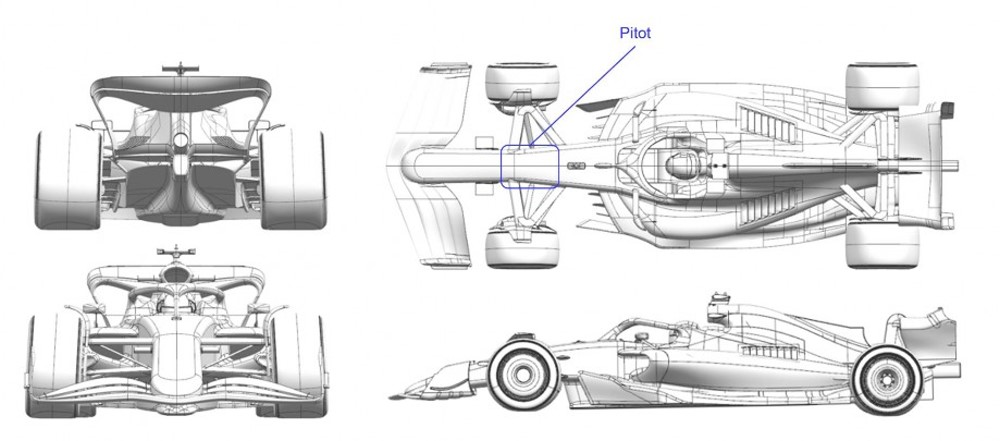
SCUDERIA ALPHATAURI
|
Updated component |
Primary reason for update |
Geometric differences compared to previous version |
Brief description on how the update works |
|
|
1 |
Rear Wing |
Performance – Local Load |
Compared to the previous assembly, the way in which the wing elements roll over into the endplate body has been changed. |
The tip detail change gives an efficient increase in the local load that is generated by the upper rear wing assembly. |
|
2 |
Beam Wing |
Performance – Local Load |
Compared to the previous assembly, the wing elements have been revised in chord and camber. |
This assembly generates an intermediate level of beam wing loading compared to the other options available to suit this circuit’s efficiency requirements and is an efficiency improvement over the previous beam wing design at this downforce level. |
|
3 |
Cooling Louvres |
Circuit specific – Cooling Range |
Compared to the previous engine cover louvre panels, the new design has an increase in exit area. |
Due to the high cooling demands of this circuit due to the combination of high ambient temperatures and the altitude of the circuit above sea-level, the new louvre panels extend the maximum cooling range of the bodywork. |
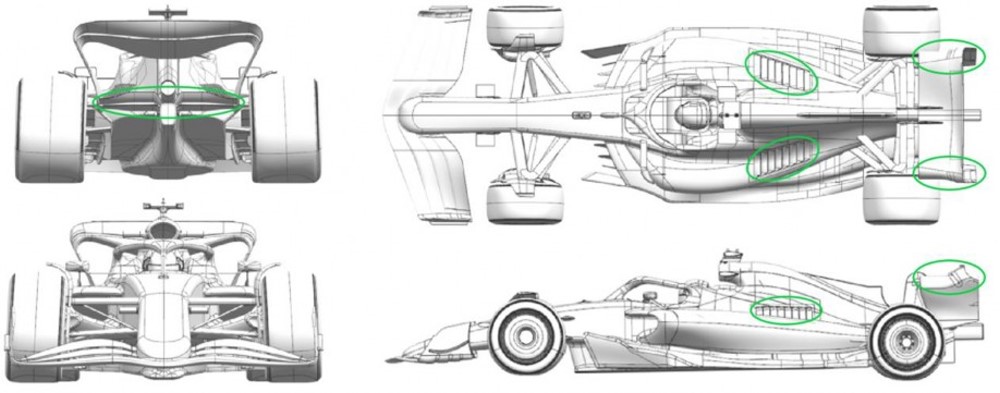
Williams
|
Updated component |
Primary reason for update |
Geometric differences compared to previous version |
Brief description on how the update works |
|
|
1 |
Floor Fences |
Performance – Local Load |
On the new floor carcass that was introduced on Alex’s car in Canada, we have updated the outer most fence. The upper trailing edge is further inboard and the leading edge fillet is larger. |
This floor fence local load modification makes better use of the onset flow to generate a small increase in local load. |
|
2 |
Front Corner |
Performance – Local Load |
The front brake duct vane is reprofiled around the tire edge. The position of the lower section is also adjusted. |
This front corner local load modification makes better use of the onset flow to generate a small increase in local load. |

